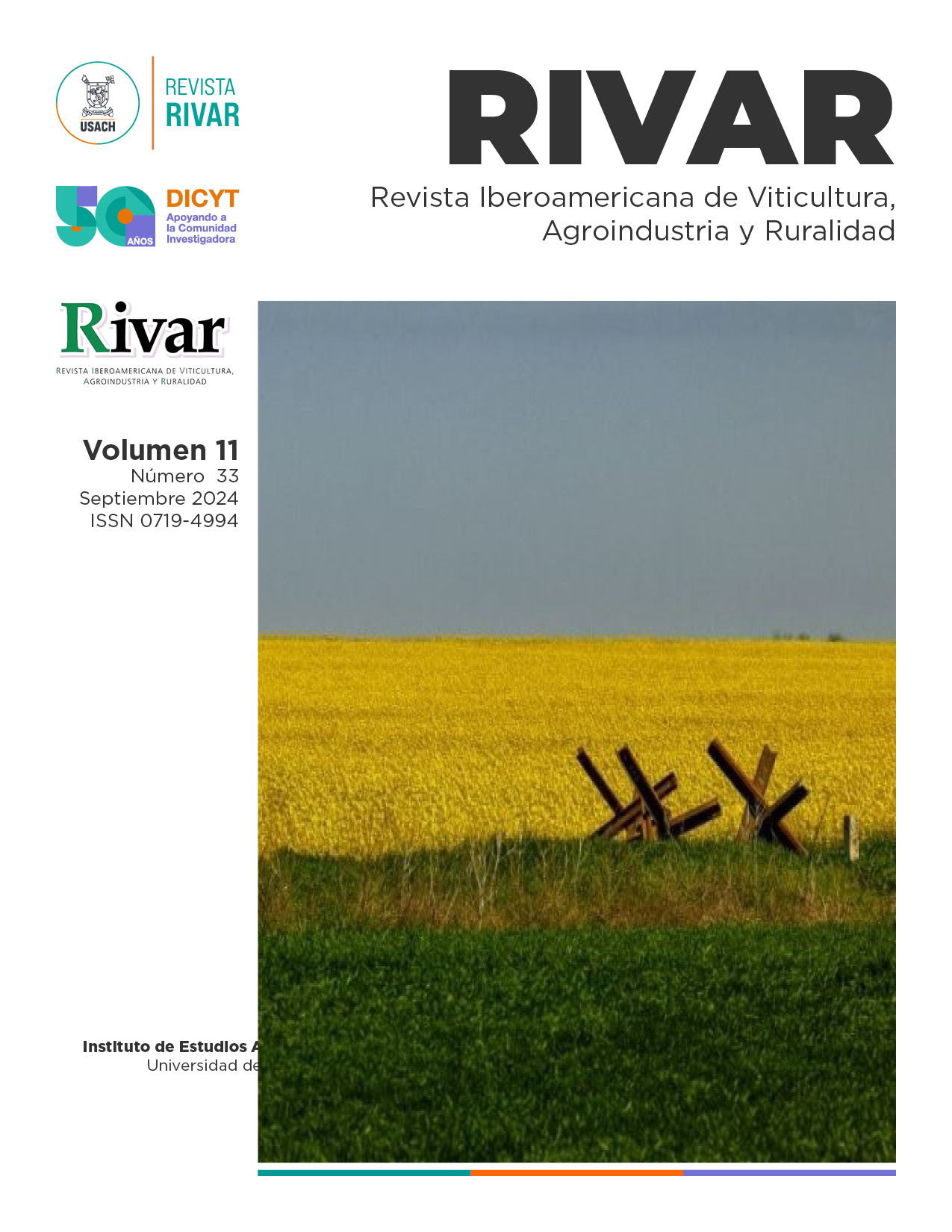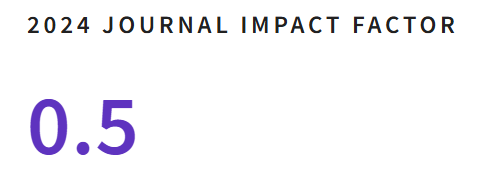Traces of the Extent of Kayi in the Orangay Region of Kazakhstan and Historical Places in Orangay and its Vicinity
DOI:
https://doi.org/10.35588/rivar.v11i33.6437Keywords:
tribes, Turkic peoples, Great Steppe, Oghuz, material cultureAbstract
The purpose of the article is to study what traces of their stay the Kayi left in the Orangay region of Kazakhstan. This study utilises a range of scientific research methods, including descriptive, comparative, historical-critical, and dialectical approaches, as well as methods of analysis and synthesis. The investigation reveals that Orangay, situated within the Turkestan oasis and along a branch of the Great Silk Road, played a crucial role in the history of the Kayi tribe during the VIII-XI centuries. This region served as a focal point for the Oghuzes and witnessed the emergence of the Oghuz State in the Aral Sea region and the lower reaches of the Syr Darya. Orangay also marked the consolidation of the Kayi tribe, marking the beginning of their ascendance. Archaeological excavations in the Turkestan oasis provided concrete evidence of the direct connection between the Orangay region and the Kayi tribe, including the discovery of pottery adorned with snake patterns, characteristic of the Kayi tribe’s material culture. In conclusion, this research establishes Orangay as a historically significant region for the Kayi tribe during the VIII-XI centuries in Central Asia.
Downloads
References
Ahmadova, E.H. (2022). Linguistical Analysis of Formed Toponyms in Accordance with Gubadli’s Phonetic Changes. Colloquium-Journal Philological Sciences, 4(127), 69-74.
Akhinzhanov, S.M. (1995). Kipchaks in the History of Medieval Kazakhstan. Gylym.
Al-Kashghari, M. (1985). Compendium of the Turkic Dialects (Diwan lugat at-Turk). Cambridge University Press.
Babayev, F.F. (2023). Food Security in Azerbaijan in the Context of Global Challenges. Role of Business Competitiveness. Universidad y Sociedad, 15(1), 352-362.
Bazaluk, O. (2018). The Feature Transformations of the Basic Meanings of Greek Paideia in the Educational Theories in the Middle Ages. Schole, 12(1), 243-258.
____. (2019). The Revival of the Notion of Arete in Contemporary Philosophy. Schole, 13(1), 198-207.
Duran, R. and Head, A. (2018). The Use of the Kayi Tribe Stamp of the Oghuz People as a Motif in Anatolian Turkish Architectural Decoration. Selcuk University Journal of Turkic Studies, 43, 523-535.
Farajova, A.A.G. (2022). The Place and Function of Dede Gorgud Image in the System of Oguz Theogonic Views. Colloquium-Journal Philological Sciences, 31(1534): 60-64.
Karshieva, S. (2023). The Study of “Oguznoma” and the Motives of Shamonic Mythology in it. Science and Innovation, 2(2), 211-215.
Kekevi, I. (2021). Oguz Adi in Yenisei Yazitlar. In K. Azılı, İ. Kekevi, and H. Gökçe (Eds.), Oguz Bitig. Studies on Modern and Historical Oghuz (pp. 58-64). Bilge Kultur Sanat.
Kim, K.H., and Chung, J.K. (2023). A Study on “Arirang” a Korean Folk Song that is Being Accepted Worldwide. European Journal of Science and Theology, 19(1), 77-91.
Mamajonova, D. (2021). Composable Works of Mahmudjon Tajiboyev, People’s Court of Uzbekistan. Oriental Art and Culture, 2(4), 268-277.
Mukhajanova, T.N. and Asetilla, A.M. (2016). “Kipchak” Ethnonym and the History of its Origin. World Science, 12(16), 39-41.
Pilipchuk, Y.V. (2014). Berendei and Kaepichi: Oguzes or Kipchaks. Bulletin of KazNPU, 4(43), 48-54.
Sattorova, Z.I. (2022). A Study of the Work of Mahmud Kashgari in Turkology. Oriental Journal of Social Sciences, 2, 130-137. https://doi.org/10.37547/supsci-ojss-02-01-14
Seo, I.S., Jeong, M.J., Seok, J.O., Kim, H.W., and Chung, J.K. (2022). Wylie H. Forsythe: Revolutionizing Leprosy Treatment in Modern Korea. Astra Salvensis, 2022(1): 67–78.
Smagulov, E.A., Petrov, P.N., and Erzhigitova, A.A. (2018). When the Medieval City of Shavgar Ceased to Exist or New Data on the Chronology of the Upper Layers of the Shoitobe Settlement (Turkestan Oasis). Archeology of Kazakhstan, X(1), 164-189.
Tazhekeyev, A.A., Darmenov, R.T., and Sultanzhanov, Z.K. (2020). Organization of a Buffer Zone and Conservation Work at the Site of Dzhankent. Archeology of Kazakhstan, 1(7), 88-98.
Tuyakbaev, M. (2009). Historical Topography and Development of Cities and Settlements of the Turkestan Oasis (XIII-XIX Centuries). Al-Farabi Kazakh National University.
Zholdasov, T.M. (2018). Treasures in the Collection of the Azret Sultan Museum. Archeology of Kazakhstan, 1(2), 288-293.









